Description
The first wagons to cross the plains from Missouri to New Mexico were part of William Becknell’s 1822 Santa Fe trading expedition. The year previous, Becknell and five companions had been the first American traders to penetrate the newly independent Mexican nation. The handsome profits realized on that venture were the driving force behind the considerably more ambitious second expedition, which set out for Santa Fe within nine months of the first. According to Becknell’s now-famous “journal,” first published in the pages of the Missouri lntelligencer in 1823, his 1822 company consisted of “21 men, with three waggons. “1 It appears that only one of the wagons belonged to the expedition’s leader, however.2 This wagon, it was later reported, had cost $150 in Missouri and was sold by Becknell in New Mexico for $700.3 The other wagons were probably disposed of in a like manner; they do not seem to have returned to Missouri. What these wagons looked like, their hauling capacities, and where they were made and by whom- all this is unknown. Their importance, however, is unquestioned. They proved that merchandise laden wagons could navigate the 800-plus miles between Franklin, Missouri, and Santa Fe–a remarkable feat that did not go unnoticed. No wagons were reported on the Santa Fe Trail in 1823, but the 1824 caravan contained an amazing assemblage of vehicles. Meredith Miles Marmaduke, a member of this company, recorded in his diary on May 24 that they traveled with “2 road waggons, 20 dearborns, 2 carts and one small piece of cannon. “4 Augustus Storrs, another member of the expedition, wrote some months later that there had been “twenty-three four-wheeled vehicles, one of which was a common road wagon. “5 Although Marmaduke and Storrs do not agree on the number of vehicles in the caravan, it is important to note their use of the term “road wagon.” According to transportation historian Don Berkebile, in his Carriage Terminology: An Historical Dictionary, the term has two definitions. One describes a vehicle also known as a buggy. The term was “also loosely applied,” Berkebile tells us, “to larger WAGONS that were employed in the movement of materials or merchandise over the roads. “6 The second definition is probably the one intended by Marmaduke and Storrs; Santa Fe trader and historian Josiah Gregg uses “road-wagon” in his Commerce of the Prairies (1844) to denote freight wagons.7 Although the term leaves us to speculate on the appearance of these vehicles, it is possible that the road wagons in the 1824 caravan were the first actual freight wagons to travel the Santa Fe Trail.8″

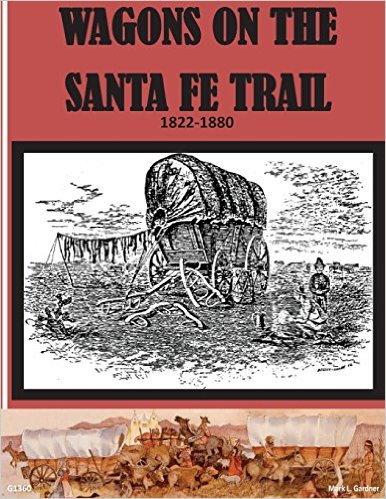
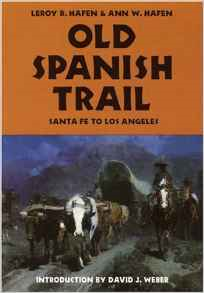
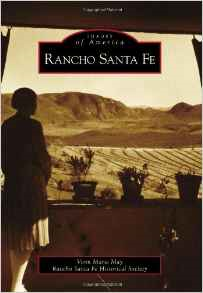
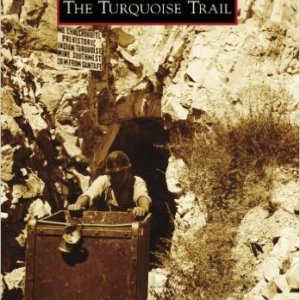
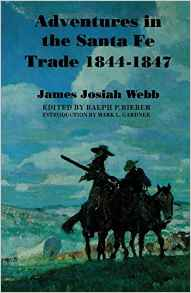

Reviews
There are no reviews yet.